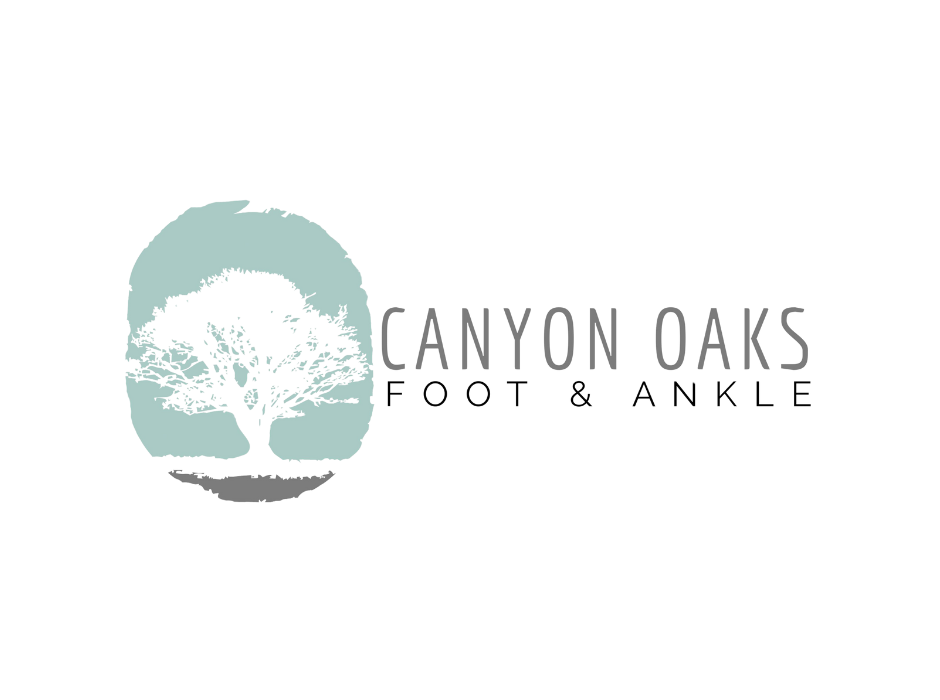When you twist or roll your ankle, it is far too easy to dismiss the problem for a sprain; however, in some instances, it may be something much more severe. When it comes to foot injuries, Lisfranc fractures are among the most painful and can take the longest to heal. Understanding the anatomy of these injuries and what you can do if you think you have one is the first step in the recovery process.
What is a Lisfranc fracture?
The mid-foot area has an essential job. The bones, joints, tendons, and ligaments in the middle of the foot are responsible for supporting the foot’s arch as well as transferring the energy created by the calf muscles to the toes in the front foot.
Within the mid-foot area is the Lisfranc joint. This joint connects the tarsal bones (the arch bones) and the metatarsal bones (the bones leading to toes). These vital pieces of the foot’s anatomy are held together by a strong band of connective tissue called the Lisfranc ligament.
Even though the Lisfranc joint is strong and capable of supporting much of the body’s weight during everyday activity, it isn’t immune to injury. When the bones and ligaments in the mid-foot are forced to move beyond their typical range of motion, damage happens. Most of the time, this comes in the form of a sprain, but in more severe cases, fractures can occur, causing tears in the Lisfranc tendon or breaks in the surrounding bones.
How Do Lisfranc fractures happen?
There are a wide variety of causes for Lisfranc Fractures, many of which occur in the sports world. Because a flexed mid-foot puts a person at a higher risk for this type of injury, a stumble while running can cause the foot to twist, resulting in the hyperextension or even severing the Lisfranc ligament and surrounding bones.
Fractures outside of sports are often work-related. There are various reported incidents of people falling from high elevation only to land on their feet, damaging the Lisfranc joint. A heavy object landing on top of an unprotected foot can have a similar effect.
What Can You Do About It?
As mentioned above, it’s very easy to excuse a Lisfranc fracture for a sprain. Pain, bruising, and swelling are to be expected with any foot injury, but if your symptoms persist after a few days of rest, ice, and elevation, it is best to seek the advice of a podiatric specialist.
If a fracture has occurred, your doctor may suggest placing the affected foot into a cast to allow the bones to heal correctly. In severe cases, surgery may be required to repair extensive damage done to the Lisfranc joint.
Internal fixation is a surgical procedure that involves repositioning the bones in the mid-foot area, followed by the insertion of screws, pins, or plates to hold them in place during the healing process. If your doctor feels that the affected area is a risk for future damage or injury, he or she may recommend the fusion of the Lisfranc joint. This procedure involves removing the cartilage between the tarsal and the metatarsal bones and holding them in place with screws, causing the bones to fuse together.
We Can Help You
If you’ve recently suffered a foot injury and think that you may have a Lisfranc fracture, Canyon Oaks Podiatry can help you find the perfect treatment to get back on your feet. Our specialists are dedicated to providing the very best of podiatric care to the Central Valley area. Take the next step: Click here to schedule an appointment today!

